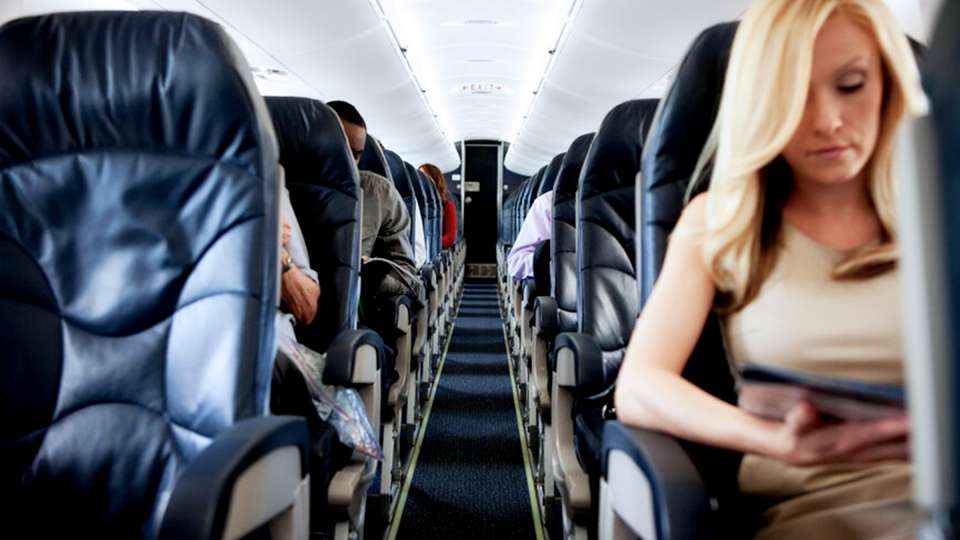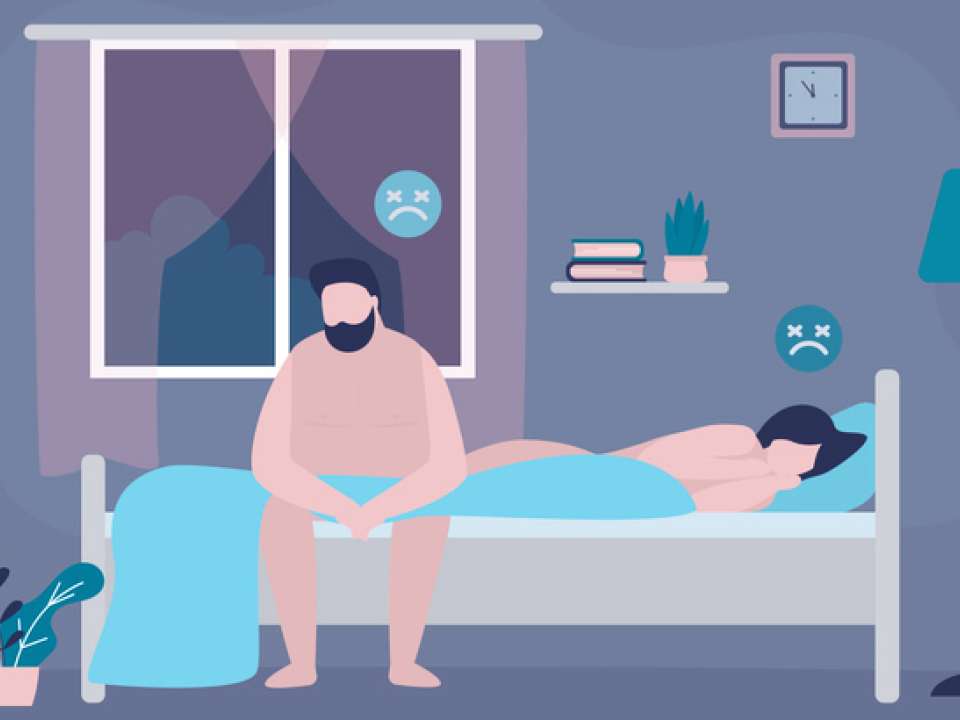Flying This Holiday Season? Here Are 6 Ways to Stay Healthy

The holidays are a time to gather with loved ones, feast on favorite foods and … cram yourself into a flying metal tube with hundreds of strangers for hours on end.
Let’s face it: Flying during the busy holiday season is hardly your idea of fun. While airplanes are often the quickest and most convenient way to travel, you also have to contend with long lines at security, cramped seats and — of course — that person with a cold who just so happens to sit right next to you.
To help you buckle up for your next flight, here are a few travel tips to keep you happy and healthy in the air.
Wash your hands — a lot
Forget snakes on a plane. Let’s talk about influenza in-flight.
“The most efficient way the flu travels is through coughing or sneezing on someone, so you can get the flu if someone is sick within six feet of you — that’s two rows on an airplane,” says Dr. Helen Chu, an infectious disease specialist at UW Medicine who is leading a study about how the flu spreads. “The other way is the virus can transmit through the air when someone breathes out flu particles.”
While there’s not much you can do to avoid someone who is sick when you’re in crowded and confined spaces — ahem, like an airplane — there is one preventative measure that Chu stands by.
“The best thing to do is wash your hands a lot or use hand sanitizer,” she says.
That’s because the flu and other seasonal colds can only infect you if they come into contact with your eyes, mouth and nose. If you’re able to wash or sanitize your hands before touching your face and eating, you’ll greatly reduce your chances of getting sick.
Sanitize airplane surfaces
See that tray table you’re using? What about that armrest you’re leaning on? Or that seatback pocket where you’ve conveniently stashed your phone?
Well, some pretty nasty microbes live on these shared surfaces. What’s worse, these germy friends can hang out there for up to a week without any problems.
Chu suggests packing wipes in your carry-on bag so you can easily sanitize areas around your seat as well as those airplane surfaces that many people touch. Lavatory door handle, anyone?
Stay hydrated
If your holiday itinerary is stressing you out, you may be tempted to order an alcoholic drink when the beverage cart rolls around. That cabernet might be worth rethinking, though.
According to the World Health Organization, humidity inside an aircraft is about 10% less than it is inside your home. Low humidity causes moisture to evaporate more quickly from your body, so you may end up feeling like you have irritated eyes, a parched throat or dry skin.
Unfortunately, alcohol only contributes to dehydration.
Instead of ordering that wine, top up on water and pack helpful items like nasal spray, eye drops and lotion to stay hydrated and make yourself feel more comfortable.
Stand and stretch
Feel like hunkering down with some in-flight movies for the entire trip? That’s great for your next Oscar party and all but not so much for your health.
Prolonged sitting and inactivity on a long-haul flight can cause blood to pool in your legs. In some cases, this can lead to deep vein thrombosis (DVT), a type of blood clot that results in pain or swelling in your lower extremities.
Sometimes a piece of the clot can break off and travel to your heart or lungs, creating a medical condition that can cause chest pain, shortness of breath, pulmonary embolism or even death. Sounds pretty harsh for a movie binge, right?
To help avoid DVT and promote good circulation in general, stand up and move around at least once every two to three hours. That can mean taking regular breaks to stretch or simply making the short walk to the lavatory.
You should also wear loose comfortable clothing whenever you fly to ensure your blood flow isn’t cut off when you’re seated.
Sleep smart to counter jet lag
Does flying make you feel like a sleep-deprived zombie? Welcome to the horde.
“If someone changes time zones, their internal clock is temporarily misaligned with the light and dark times at the new location,” explains Dr. Vishesh Kapur, founder and co-director of the Sleep Medicine Center at Harborview Medical Center.
What he means is flying across the country or crisscrossing continents can seriously disrupt when you feel tired, awake and even hungry.
To help lessen jet lag, try to synchronize your sleep habits with your destination before and during your flight. If it’ll be morning when you land, rest up before you board and get sleep while in the air. If you’re landing at night, try to stay alert during the flight so you’re primed to snooze upon arrival.
No matter what, it’s always a good idea to fly when well rested and to set realistic expectations about what you can accomplish that first day.
“People are different in terms of how easily their sleep gets disrupted and how easily their body clock shifts to time zone changes,” Kapur explains. “It’s important to be aware of your vulnerabilities and give yourself some slack.”
Ease your flying anxieties
If all this talk about airplanes is making you uneasy, you might be among the 6.5% of Americans who have aviophobia, a fear of flying. That doesn’t mean you have to stay grounded forever, though.
Before you book your ticket, start by mentally preparing yourself for a flight. This can mean doing research to better understand aviation safety or seeing a professional therapist, who may recommend taking practice flights in a simulator using a technique called exposure therapy.
Once you’re ready and onboard, help yourself relax with research-backed techniques like deep breathing or distract yourself with a favorite book, movie or podcast. You can also notify the crew that you’re anxious about flying so they can periodically check in on you.
Whatever you do, facing your fear of flying can open you up to a whole new jet-setting world. So put your tray table and seat back up, fasten your seat belt and enjoy your flight.

 Healthy ideas for your inbox
Healthy ideas for your inbox





